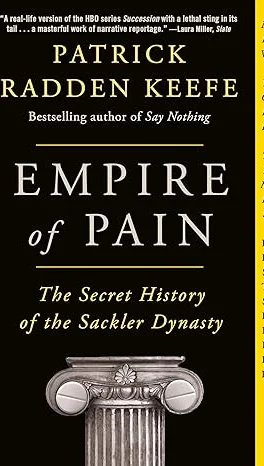
I know very little about the mathematical study of probability but like most people I sometimes experience strange and arbitrary coincidences I can't explain. Recently, I seem to be hearing a lot about the Wife of Bath---in podcasts, magazine articles, even on the radio (though I admit it was NPR.) Given that she is a character in the Canterbury Tales by Geoffry Chaucer, a book written in the 14th century, that seems a little weird. For those who were not English majors or fans of reading Old English, the Canterbury Tales is the story of a motley group of pilgrims travelling to the shrine of St. Thomas Beckett in Canterbury. They agree to each tell a story or two to help pass the time as they travel along. The best known of these tales today is the tale told by the wife of Bath, a lusty woman who has been married five times. When I discovered that Zadie Smith's newest book that I had ordered sight unseen was a retelling of the Wife of Bath's Tale I gave in to fate and settled in to read.
Zadie Smith, an award-winning novelist and essayist, chose to write "The Wife of Willesden" as a contemporary play set in a pub on the Kilburn High Road in London. (Once part of Watling Street, the original Canterbury pilgrims would have travelled along this way.) Chaucer's Alyson, the wife of Bath, becomes Alvita, who, like Smith herself, is a Jamaican born British woman. Alvita is brash and outspoken and with an unapologetic lust for men and life. Chaucerian critics have praised Smith's close adherence to the actual dialogue of the original despite the fact that she divides the Wife's speech between other characters in her play. Most impressive of all is that like Chaucer, Smith writes in rhyming couplets of ten syllables per line while translating the Old English to contemporary vernacular.
Alyson/Alvita's popularity has endured since Chaucer created her in 1387. Hers is the longest story and the most clearly drawn character in "The Canterbury Tales". To a 21st century reader, it may seem strange that a woman of the Middle Ages might have been so independent and bawdy. While women might not have been given equality with men, they could own businesses, hold assets in their own name and inherit money. The plague that swept Europe in the mid 1300s killed a third of the European population. Less men meant that women had more opportunities. As for Alyson/Alvita's bawdiness, while the church emphasized purity and marriage, high infant mortality rates meant that procreation was important. Less privacy and closer living quarters did not encourage prudishness.
The most fascinating thing about the Wife of Bath is how easily we can imagine this same woman in our contemporary world. Chaucer captured her personality so clearly that she seems to jump off the page. Without the distraction of reading a language with which we are no longer familiar, Zadie Smith brings her sharply into focus. She is a woman we recognize. Her thoughts and experiences are not so different than those of women in the 21st century. When Alvita says, "We want to travel, to live, to seek/ fresh pastures, possibilities, new worlds. We're women. Not children, not little girls," I can imagine that desire being expressed by many women today.
 Skip to main content
Skip to main content


